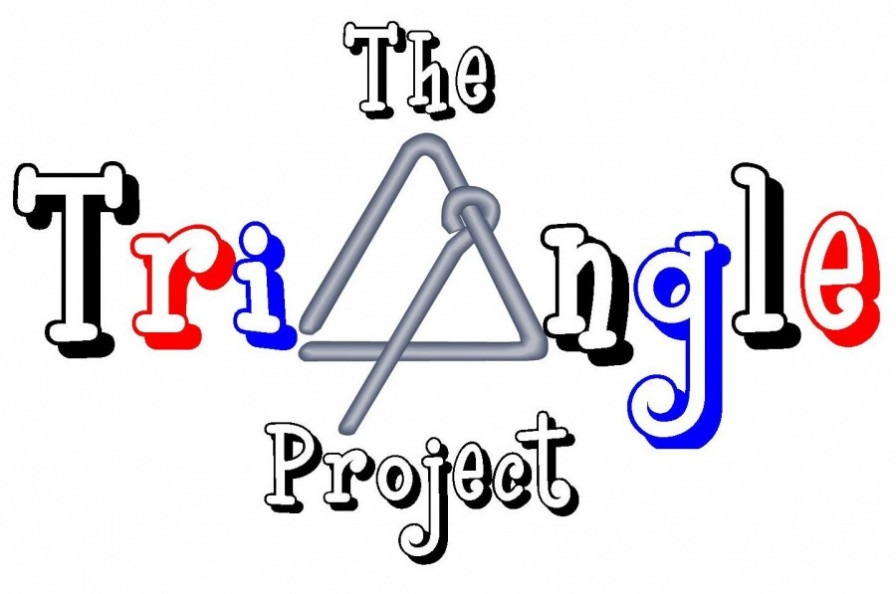Audio Environment by Nicola Burke (Triangle Project Music Leader)

Working as an Early Childhood Music Specialist and having worked and played in many settings across the country I have become increasingly troubled by the recorded music that is being played in settings.
Working as an Early Childhood Music Specialist and having worked and played in many settings across the country I have become increasingly troubled by the recorded music that is being played in settings. I wanted to find out about the styles of music that early childhood practitioner’s use and for what purposes they make use of it. There were some common themes regarding how and when music was used and some shared thoughts from practitioners regarding music, with some styles being considered to be ‘inappropriate’ for young children to hear. All respondents indicated that they used recorded music in their setting and respondents represented all types of settings including children’s centres, primary schools, childminders, before and after school clubs, pre-schools, day nurseries, nursery schools and private music classes.
Top 5
There was an overwhelming clear top 5 styles of music indicated – Nursery Rhymes, Classical, Pop, Relaxing and Christmas. It is of course not particularly surprising that nursery rhymes were the most commonly indicated. This material is produced specifically for young children and it seems that it would make sense to be playing this style of music within settings.
Pop music ranked number 3 but there were some contrasting opinions about the use of it in settings. Some respondents felt that pop music was inappropriate for young children to hear so it was never used within their setting whilst others said that they used it regularly. Of course, we have to be careful about the lyrical content of songs played to children; some pop music does contain expletives and sexual content but is all pop music inappropriate for young children?
There was a strong theme of thought regarding the use of music for atmosphere, mood and for the influence on emotional states for example to calm and relax children. Relaxing music was even classified as a style and was in the top 5 indicated within the completed questionnaires. It was not however clear what was meant by ‘relaxing’ music. This is interesting as it appears that there is an assumption that many children will respond to styles of music in a similar way. Are we aware of the styles of music that individual children find relaxing? What one child finds relaxing will not necessarily be the same as another. From my personal experience I know that certain music that I find relaxing, others find very irritating and it does nothing at all to relax them, quite the opposite in fact.
For what purposes is music used?
The largest indication of how music was used was for movement and this was not a particularly surprising finding as music and movement are so obviously intrinsically related. The second most indicated use of music was for use in the background. Sims (1990) suggested that there is a real danger in today’s society that ‘children are learning not to listen’ and referred to the term ‘audiothrombosis’. This is a term which was created by the Foundation for the Advancement of Education in Music, referring to a ‘disease’ whose primary symptom is numbness to music. This is due to music being so pervasive in everyday life. If music is played in the background, are children aware that it is there? Does the music purely become audio wallpaper? Is it having a positive impact on children?
Consider the following question – do you prefer to have music on in the background whilst you are concentrating? Some of you will answer yes whilst others no. When young children are playing they are exploring, learning, and thinking and are of course often concentrating. Background music may well be hindering their learning experience. We are surrounded by music and sound in everyday environments – how much silence do we offer young children not only in early childhood environments but in everyday environments?
A surprising finding was that recorded music was rarely used for musical purposes other than singing; actual music listening was not mentioned at all. There was little use of recorded music specifically for or within musical activities which begs the question why is there such little music listening in music activities?
From my personal experience of working in early childhood settings I have found that the visual and tangible environment is of high importance and takes precedence over the audio environment. Educators will discuss how to lay out resources and how the environment should look but the audio environment does not seem to be given the same priority or thought.
How can we use music effectively?
Consider the following:
What music are you playing? Why are you playing it? Who are you playing it for?
Observe the responses of children when music is being played - are the children aware that music is being played? Experiment with different styles of music for specific listening activities Encourage children to move freely to the music they are listening to Invite children and parents to share music from home Encourage children to talk about the music that they are listening to Within your staff team discuss what you feel is appropriate and inappropriate and why Play music whilst children have access to instruments and observe how they play - is their music making affected by the music that is being played? Do they play differently to different styles?
